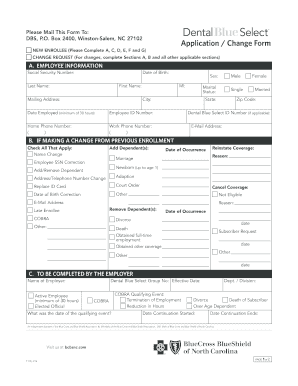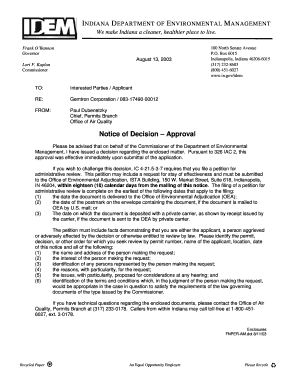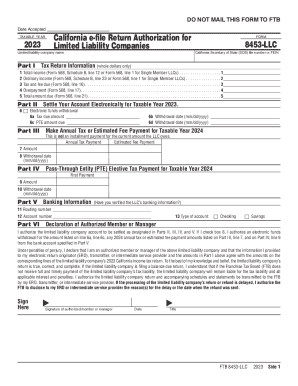Choose and preview P&l and cash flow analysis Balance Sheet Templates online. Obtain a form appropriate to your case, adjust and sign it, and safely share it with your business partners and financial institutions.














Your workflows always benefit when you can find all of the forms and documents you may need on hand. DocHub supplies a a huge collection of documents to alleviate your daily pains. Get hold of P&l and cash flow analysis Balance Sheet Templates category and easily discover your document.
Begin working with P&l and cash flow analysis Balance Sheet Templates in a few clicks:
Enjoy fast and easy record management with DocHub. Discover our P&l and cash flow analysis Balance Sheet Templates collection and discover your form today!